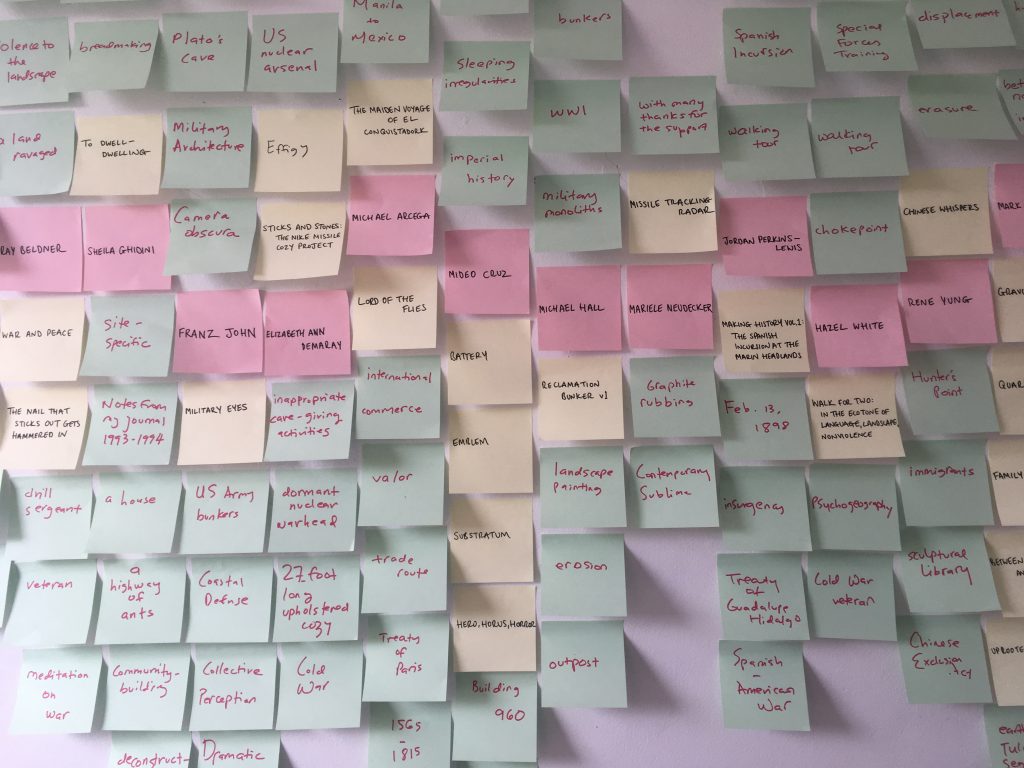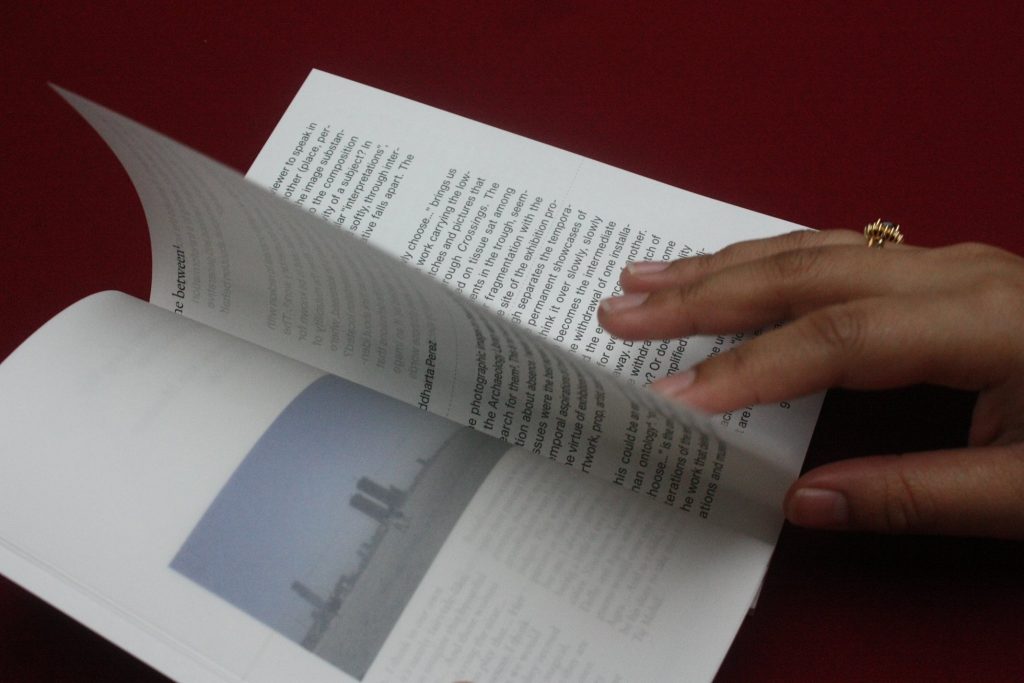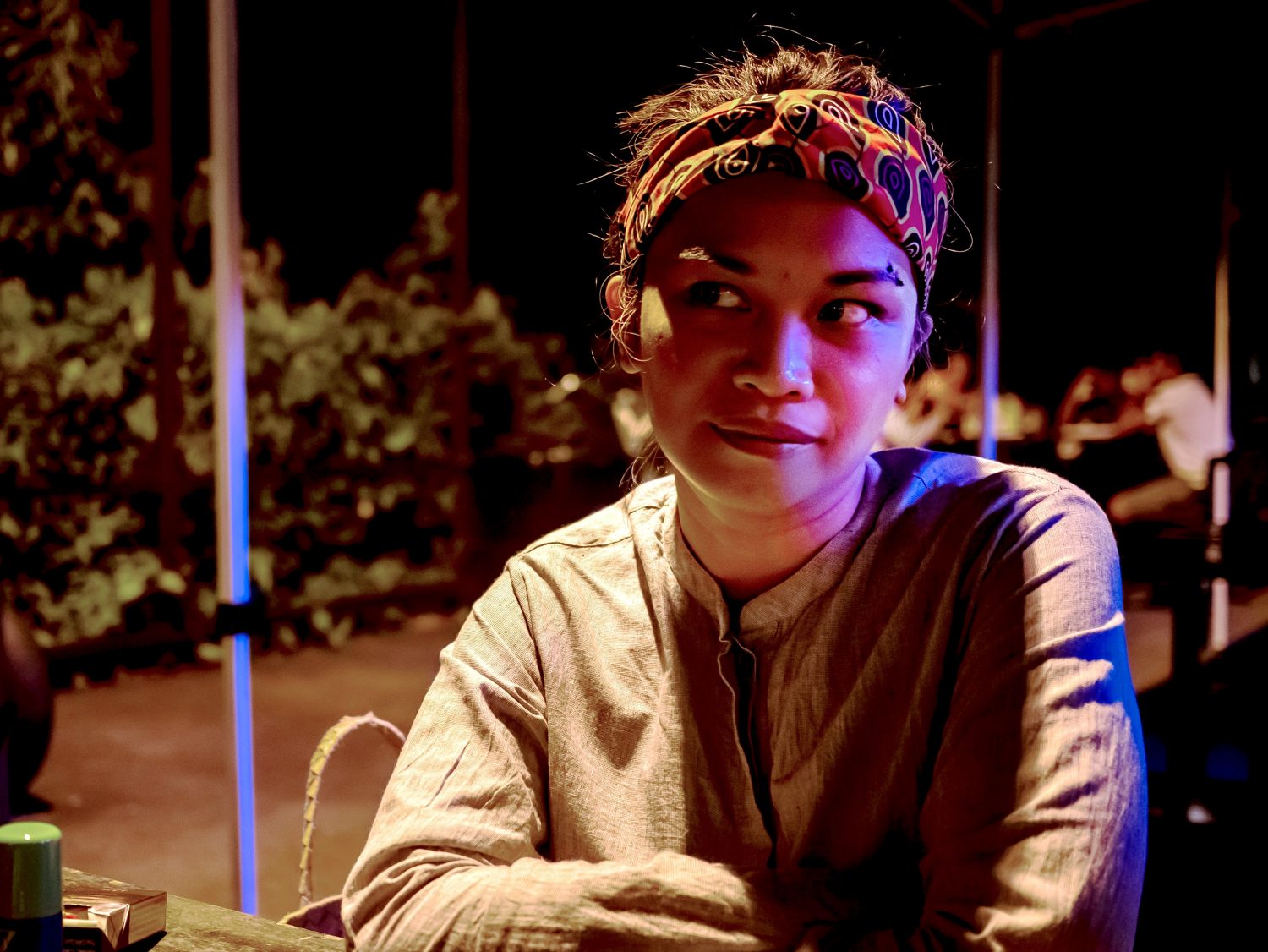Siddharta Perez is a curator, educator and organiser circuiting regional nodes that impress upon the channels of Singapore and the Philippines where she works. Her practice in recent years has focused on negotiating contemporary projects and institutional histories, frequently collaborating with unlikely couplings of researchers, students, and artists with multidisciplinary aspirations.
Affiliated with a university museum, Siddharta has been steering the prep-room, a curatorial modality that exposes labour and unruly learning processes. Because of her continued relationships with practitioners in the region, Siddharta has been part of juries for residencies, film festivals and curatorial awards.
Siddharta shares her views on working with artists and documentary projects
As a curator, how do you approach working with artists to achieve their vision on a project?
The best part of working with creative practices is walking to thresholds together. The impasse that we hit against is always that stage where there is no other way but to surpass the baggage we bring from our separate practices. Here, something starts organising beyond our distinct subjectivities, crystallising into something past the limits of what we think our work should look like.
I know I speak metaphorically about this, but ultimately I am talking about how we understand the conditions of artistic and curatorial practices and creativity’s purpose to bring us further than the boundaries of expression and collaboration. I am interested in how far artists can go if they’re willing to expand the shape of what they think is the potential of their work. I feel that we are getting somewhere as collaborators when we’re stranded somewhere and we’ve started watching something take form before our eyes. The approach may seem ambivalent, even risky, but we get to enjoy that usually after an intense examination of our conditions as creative, empathic people. My most pleasurable projects are with artists, scholars and curators who simultaneously question their compulsion to find answers in their work and at the same time open themselves up to asking better questions. When the project shows up as something different from the initial proposal, that’s when it’s good for me.

Headlands Residency, where Siddharta was a resident in 2019
What are some documentary projects you have viewed that have impressed you?
I had the pleasure of seeing Vuth Lyno’s “25” in its different stages – from the point where he decided that interview excerpts should ethically take the place of direct portraiture of his collaborators (see: SIFA’s “Unsettled Assignments”) to its video installation in UP Vargas Museum. Lyno has an impeccable compass that makes him look to other visual forms that leave the UNTAC issue’s complexity open beyond the image-capitalisation of the lives made vulnerable by these peacekeeping missions.
I am also a fan of Nurulhuda Rashid’s “Women in War” work where she’s deepened into the circulation and consumption of images slowly and thoughtfully through different phases. You can see how carefully she evokes images without reproducing the practices of shoot-capture-consume. This project also considers the image not just a picture, but image as corpus: the textual, the body of representation politics, and the world of gestures around the typification of women in war.
I could go on for a bit more, but what I can say is that I enjoy projects that take risks at showing where they are at – incomplete, ongoing, and also expressing gaps that artists are working on. And the best part of these works is that these visible parts are a fraction of all the invisible work that makes up creative rigour.

Crossings, a publication made on occasion of the exhibition of the same name, which was a 15 month collaboration with artist Wei Leng Tay.
What are you looking out for when assessing an artistic proposal?
We’ve learned the language of saying the right things in a proposal nowadays. I am not interested in overly rendered, articulate proposals or a heavy portfolio. A sense of authenticity and curiosity can be sensed beyond professional-looking applications. Instead, I am looking for hints of creative rigour and risk, grounded in the conditions of subject matter these proposals say they represent. I think I’ve gone through enough proposals and projects that are covertly utilitarian towards their topics and never really reciprocate back. I prefer that methodology shines through a proposal; after all, it is through practice that images come through/true. I’m looking forward to applications that express a deep interest in working with Objectifs and crafting a relationship with the curatorial. I also hope to see how practices articulate that they are on their way to impeccability.
The Objectifs Documentary Award is now open for applications. The deadline for applications is 24 April 2022.

